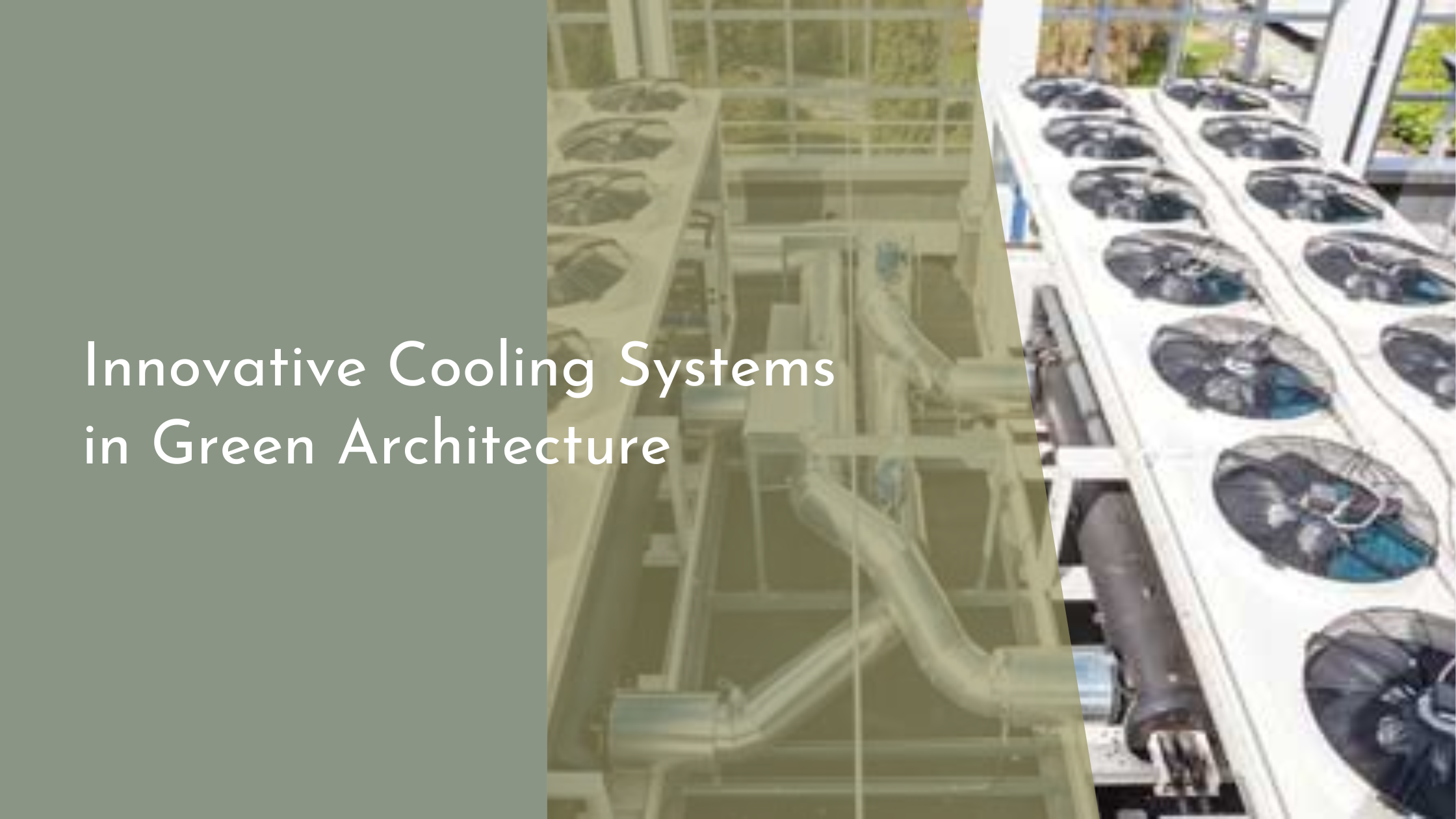Innovative Cooling Systems in Green Architecture
In the era of climate change and rising global temperatures, the demand for sustainable living spaces has never been more pressing. Green architecture, with its focus on minimizing environmental impact, is at the forefront of this movement. A key component of green architecture is the development of innovative cooling systems that reduce energy consumption and promote ecological balance. This article delves into the world of eco-friendly cooling technologies, exploring their necessity, breakthroughs, and real-world applications, while envisioning a cooler, greener future for all.
Exploring the Need for Green Cooling Solutions
The quest for green cooling solutions is driven by the alarming consequences of traditional air conditioning systems, which are notorious for their high energy consumption and greenhouse gas emissions. As urban areas expand and global temperatures rise, the demand for cooling is skyrocketing, leading to increased strain on power grids and exacerbating climate change. Green cooling technologies aim to mitigate these impacts by offering energy-efficient alternatives that reduce carbon footprints while ensuring comfort in built environments.
Moreover, the shift towards sustainable cooling is essential in addressing the socio-economic repercussions of climate change. Vulnerable populations, especially in developing regions, are disproportionately affected by extreme heat, and conventional air conditioning is often inaccessible due to cost and infrastructure limitations. By embracing green cooling innovations, architects and urban planners can improve living conditions and promote resilience, equity, and sustainability across communities worldwide.
Cutting-Edge Technologies in Eco-Friendly Cooling
One of the pioneering technologies in eco-friendly cooling is passive cooling design, which utilizes architectural elements to enhance natural ventilation and thermal regulation. Features such as cross-ventilation, strategic shading, and thermal mass materials absorb and dissipate heat, minimizing reliance on mechanical cooling systems. Green roofs and walls, which incorporate vegetation to provide insulation and evaporative cooling, are also gaining popularity as they not only reduce indoor temperatures but also improve air quality and biodiversity.
Another trailblazing innovation is the advent of advanced cooling materials and systems, such as phase change materials (PCMs) and evaporative cooling units. PCMs absorb heat as they transition from solid to liquid, releasing it when temperatures drop, thereby stabilizing indoor environments. Meanwhile, evaporative coolers leverage the natural cooling effect of water evaporation, using significantly less energy than traditional air conditioning units. These technologies exemplify the potential for creative solutions to redefine comfort and efficiency in green architecture.
Real-World Examples of Innovative Cooling Systems
Singapore’s Gardens by the Bay offers a stunning example of innovative cooling systems integrated into green architecture. The iconic Flower Dome and Cloud Forest conservatories utilize a combination of passive and active cooling techniques, including natural ventilation, shading, and an energy-efficient cooling system that circulates chilled water through pipes embedded in the floors. This approach not only reduces energy consumption but also sustains the delicate ecosystems within, making the Gardens a beacon of sustainable design.
In the heart of Madrid, the Eco Boulevard of Vallecas showcases another successful application of green cooling solutions. The development features bioclimatic pavilions equipped with cooling towers and evaporative panels that provide natural cooling to public spaces. By harnessing the principles of evaporative cooling, the pavilions maintain comfortable temperatures while creating a vibrant, community-friendly environment. These projects highlight how innovative cooling systems can transform urban landscapes into sustainable havens.
Embracing a Cooler, Greener Future
As we look to the future, the integration of innovative cooling systems in green architecture promises to revolutionize the way buildings interact with their surroundings. By prioritizing eco-friendly technologies, architects and developers can significantly reduce the environmental impact of urban areas while enhancing the quality of life for their inhabitants. Educational initiatives and government incentives can further accelerate the adoption of these systems, fostering a culture of sustainability and innovation.
Ultimately, embracing cutting-edge cooling solutions is an essential step toward achieving a sustainable future. As individuals and communities become increasingly aware of their environmental responsibilities, the demand for green architecture will continue to grow. The collaboration between technology, architecture, and policy will pave the way for a world where comfort and ecological harmony coexist, allowing us to thrive in a cooler, greener tomorrow.
The transition to innovative cooling systems in green architecture represents a significant stride in addressing the challenges posed by climate change and urbanization. By adopting eco-friendly technologies, we can curtail our carbon footprint, conserve energy, and create healthier, more equitable living spaces. As these advancements become mainstream, they will redefine our built environment and inspire a global movement toward sustainability. Together, we can build a future that is not only cooler but also more attuned to the planet’s needs, ensuring a legacy of environmental stewardship for generations to come.


